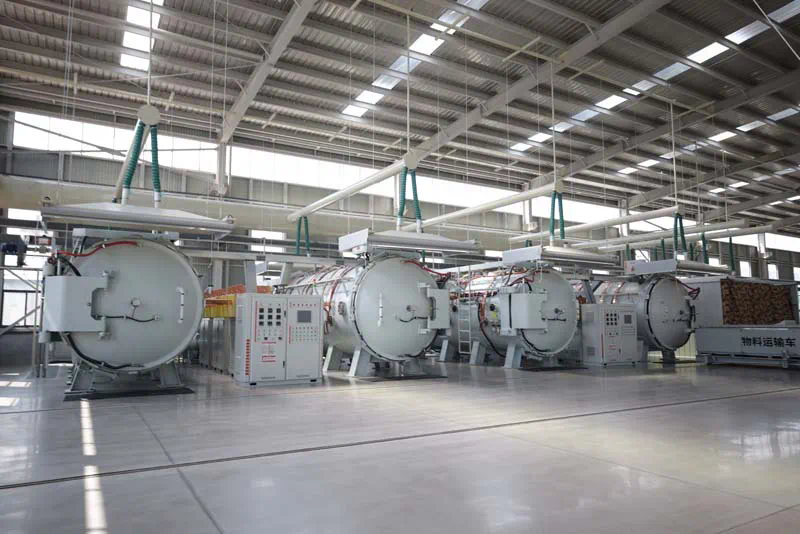In the realm of manufacturing, blow molding has long been recognized as a versatile and efficient process for producing plastic products. Over the years, there have been numerous advancements and innovations in blow molding technology, leading to improved efficiency, cost-effectiveness, and product quality. This article explores some of the trailblazing innovations in blow molding and their impact on the industry.
.webp)
Blow molding is a manufacturing process that involves the shaping of molten plastic into hollow products by blowing air into a mold. It is commonly used to produce containers, bottles, and other plastic products with complex shapes. The process itself has been around for decades, but recent innovations have revolutionized the way it is carried out.
One significant innovation in blow molding is the introduction of extrusion blow molding. Unlike traditional blow molding, which involves a two-step process of creating a parison (hollow tube) and then blow molding it into shape, extrusion blow molding combines these steps into one continuous process. This results in increased production efficiency and reduced manufacturing time. Additionally, extrusion blow molding allows for greater control over wall thickness distribution, resulting in stronger and more consistent products.
.webp)
Another trailblazing innovation in blow molding is the development of multi-layer blow molding technology. This advancement allows for the production of plastic products with multiple layers, each with different properties and functionalities. For example, a container can be made with an outer layer that provides strength and durability, while an inner layer can be designed to provide barrier properties, such as protection against moisture or oxygen. This technology has expanded the possibilities for packaging solutions and has led to improved product shelf life and preservation.
Furthermore, advancements in automation and robotics have significantly impacted the blow molding industry. Automation has allowed for the integration of various processes, such as material handling, mold changing, and quality control, into a single, streamlined production line. This has not only increased production efficiency but also reduced labor costs and improved overall product quality. Additionally, the introduction of robotics in blow molding has enabled precise and consistent product manufacturing, resulting in higher product standards and reduced waste.
In recent years, there has also been a growing emphasis on sustainability in the blow molding industry. Manufacturers are increasingly adopting eco-friendly materials and processes to reduce their environmental footprint. One notable innovation in this regard is the development of biodegradable and compostable plastics for blow molding. These materials offer the same functionality and performance as traditional plastics but have the added benefit of being environmentally friendly. This shift towards sustainable practices has not only helped protect the environment but has also opened up new market opportunities for manufacturers.
In conclusion, blow molding has come a long way since its inception, thanks to continuous innovations and advancements in technology. From the introduction of extrusion blow molding and multi-layer blow molding to the integration of automation and robotics, these trailblazing innovations have transformed the blow molding industry. Moreover, the industry’s commitment to sustainability has led to the development of eco-friendly materials and processes. As we look to the future, it is evident that blow molding will continue to evolve, driven by the pursuit of efficiency, quality, and sustainability.
.webp)
https://smartfactoryinsights.com/


